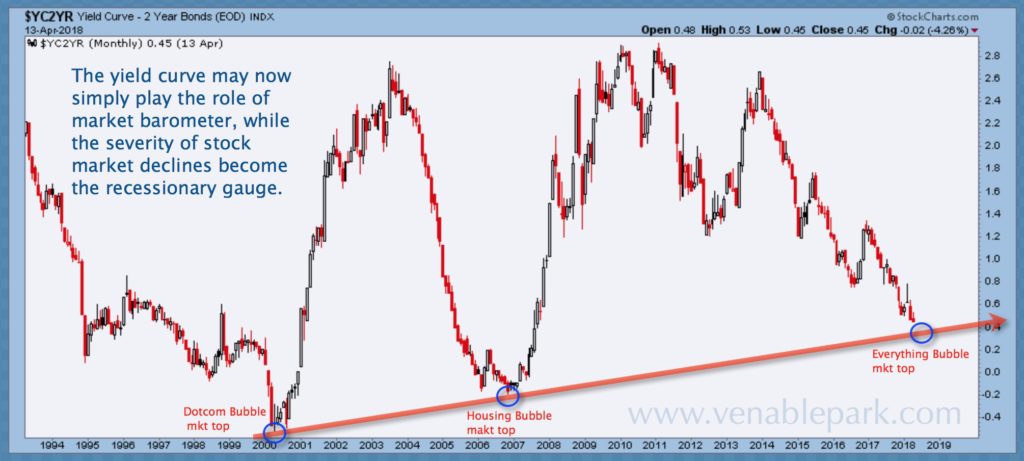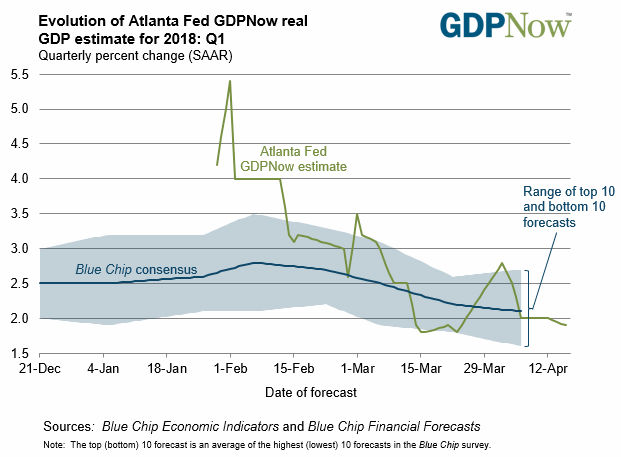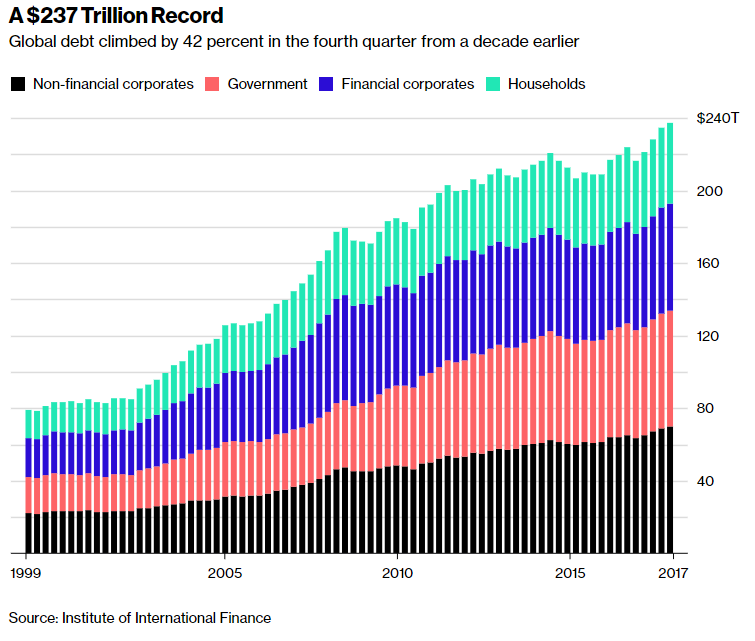Self-dealing, breach of trust business models are so mainstream and lucrative in finance, many seem to feel that resistance is futile and we have no choice but to keep feeding the beast. This thinking is financially suicidal and must change.
Of course we can and must demand that ‘advisors’ be held to a fiduciary standard. We do so in other critical advisory professions like medicine, law and engineering. Similar potential conflicts of interest are inherent between doctors and big pharma companies for example, and we still demand doctors honor a fiduciary standard of care or face prosecution, lawsuits and loss of their ability to practice. See more on the never-ending battle for pharma payment transparency in medicine in Canada’s pharma companies disclose payments to doctors for 1st time:
In the U.S., any transfer of value to a doctor exceeding $10 must be disclosed by law. The information is publicly available on a searchable website, with details about travel, meals and other reasons for the payments. There are similar laws in France, Portugal, Denmark and other European countries.
“Unfortunately Canada is lagging behind,” said Dr. Andrew Boozary, a Toronto physician who leads the Open Pharma campaign, which calls on Ottawa to require mandatory disclosure in Canada.
“The backbone of any physician-patient relationship is trust. Where there could be perceived conflicts, where this is not public, where this is confidential or clandestine for whatever reason, [it] can really start to erode that.”
In finance, rampant self-dealing is the norm and nearly unchecked, especially for the largest firms who largely fund and staff revolving-door regulators, and pay cost-of-business fines only here and there. The fact that most financial advisors and finance executives don’t see a need to reform the status quo, speaks volumes.
In the meantime, we taxpayers and individuals will continue to pay the compound cost of harmful financial advice, while bailing out and backstopping a lawless system. See From Hawaii to Italy, free trips fuel retirement savings sales push:
Financial firms that reward salespeople with free vacations for promoting retirement investments — including some high-fee products — are pressing the Securities and Exchange Commission for leniency in a looming rule covering sales practices.
On April 18, the SEC is scheduled to propose new regulations for financial advisers who offer savings products such as mutual funds and variable annuities.
Companies such as Primerica, Edward Jones and John Hancock want the agency to develop a less-stringent version of the hotly contested fiduciary rule that the Labor Department finalized in 2016 to ensure that advisers act in the best interest of clients. These firms are hoping to get a more sympathetic ear from the SEC, an agency headed by one of President Donald Trump’s nominees.
At stake for the firms is an incentive system for brokers..Financial advisers are paid millions of dollars to sell products to people who may be oblivious to potential conflicts of interest fueling the sales practices.
The stakes may be even higher for Americans saving for retirement and seeking investment advice from brokers providing mutual funds, insurance and other products. Small investors end up paying for products involved in incentive programs that allow salespeople to go on free vacations to destinations from Hawaii to Italy.
“In my experience, the worse the product, the more it needs big incentives to sell it,” said Scott Dauenhauer, owner of Meridian Wealth Management in Murrieta, Calif., and an investment adviser.





